The Taklamakan Desert, the largest, driest desert in China, located in the Tarim Basin of China's arid region, has been undergoing a greenery facelift spanning multiple decades. Reuters reports that since 1978, the "Three-North Shelterbelt" project, also known as the Great Green Wall, has planted more than 116,000 square miles of trees and plants. The project has been experimenting with different plant species to find the most hardy to help bring China's total forest coverage up to 25%. In a YouTube video posted about innovation projects in China, the vision and incredible progress made in the Taklamakan Desert, often called "the sea of death," is brought to life.
The video describes a herculean effort to grow and cultivate the longest man-made desert shield on Earth. At a distance of almost 1,900 miles, it's designed to stabilize the shifting sands, minimize desert expansion, reduce sand storm pollution and damage, and create farmland for food and jobs.
- YouTube www.youtube.com
The Three-North Shelterbelt Forest Program is a 70-year initiative that's using cutting edge technology to battle an enormous desert and complicated environmental issues. China Daily reports drones can carry more than 10 seedlings per trip and approach difficult cliff areas. These precise plantings are all part of improving efficiency over traditional forest planting that minimizes harm to the existing environment. With AI-powered robots taking more crucial steps in the expansion of green spaces, projects like this aim to tackle an ever-growing and concerning environmental crisis.
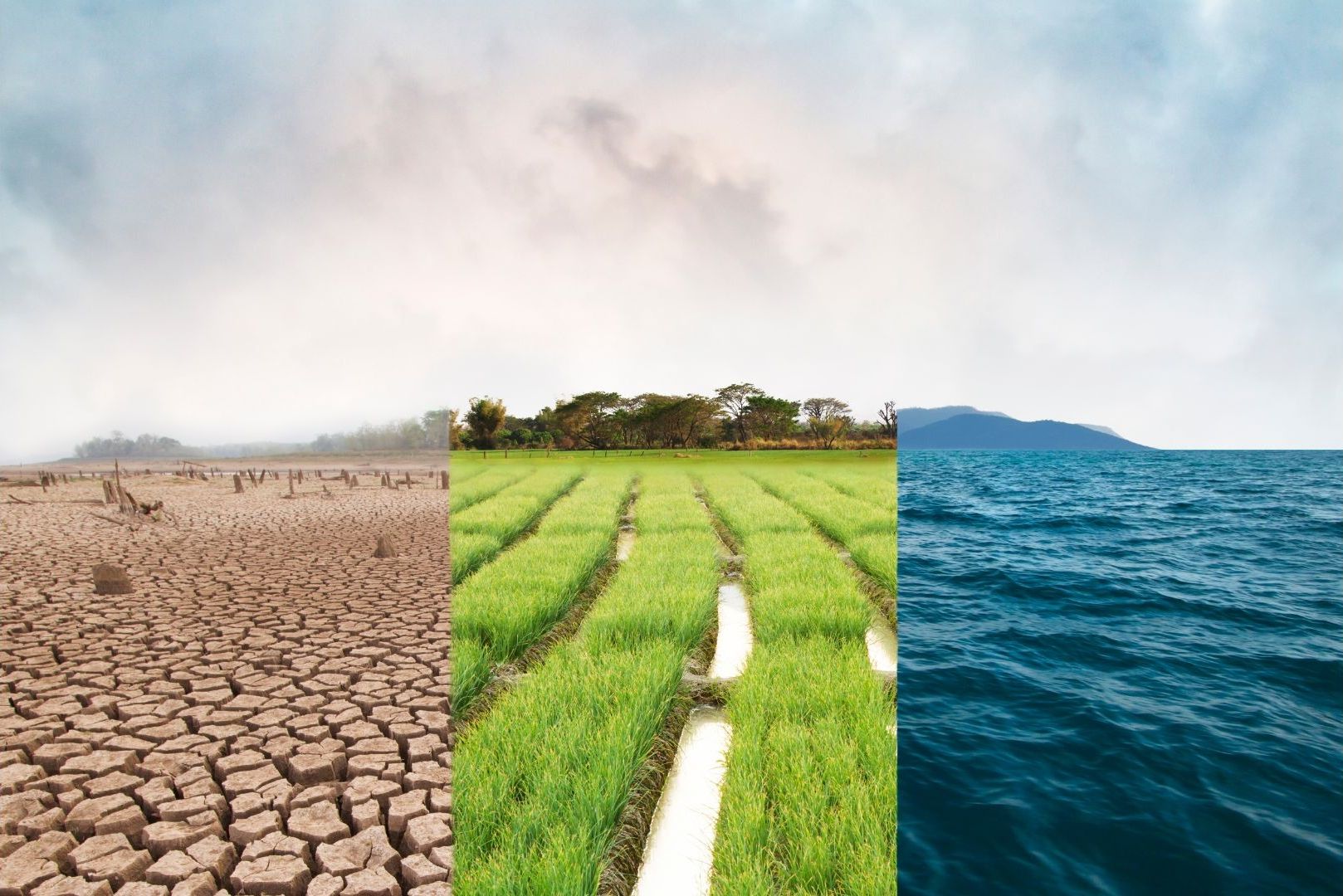
Still, the program has shown results less than expected. A study reported in Taylor & Francis found that "forest is less suitable for large-scale afforestation in sandy land, for it has relatively lower stand establishment rate, higher degradation rate, and less contribution to desertification reduction." It went on to suggest more successful afforestation, tree planting, and creating new tree cover to combat desertification and erosion would be accomplished by adjusting the vegetation types to match local conditions. Moving away from trees and focusing on a mix of shrubland and grasslands, as well as focused socio-economic strategies for limiting human disturbances, would do the most good.
MDPI reported that the project has faced many challenges. Pest and disease problems have been a continual nuisance, and water resources are limited. But challenges bring solutions such as the vigorous development of water-saving resources, emphasis on biodiversity and species diversity, and improved techniques for natural restoration and artificial repair.

China is not alone in their attempts to adjust to environmental challenges and expanding inhospitable deserts. UN environment programme reports the African Union launched the "Great Green Wall" in 2007 to slow the Sahara Desert from spreading and transform millions of lives by creating productive landscapes across 11 countries. Over an incredible 44 million acres of degraded land has been restored.
The Gulf EcoLife writes about regenerative agriculture in the Saudi Arabian desert saying, "Packman and the Beduin planted ten species of trees, 4,000 in all. Most ultimately didn’t survive, but enough did to give reasonable hope for a green landscape providing foraging for bees and animals, windbreak, seeds from which to extract oil, charcoal, and soil improvement through fixing of nitrogen."
MDPI reports, "Land degradation and desertification (LDD) are the main reasons for the rapid changes that are affecting the majority of the earth’s drylands, resulting in an overall loss of habitats and changes in vegetation cover, plant composition and diversity, hydrologic conditions, and soil properties." It's crucial that these environmental projects use all the technology available, but also plan smarter and more strategically. Building up green environmental walls to protect a rapidly growing and spreading desert is fantastic, but, utilizing the naturally growing grasses instead of planting massive forest trees that require unsustainable water resources is required to redirect poorly utilized assets.


















 Representative Image: Accents reveal heritage and history.
Representative Image: Accents reveal heritage and history.  Representative Image: Even unseen you can learn a lot from an accent.
Representative Image: Even unseen you can learn a lot from an accent. 
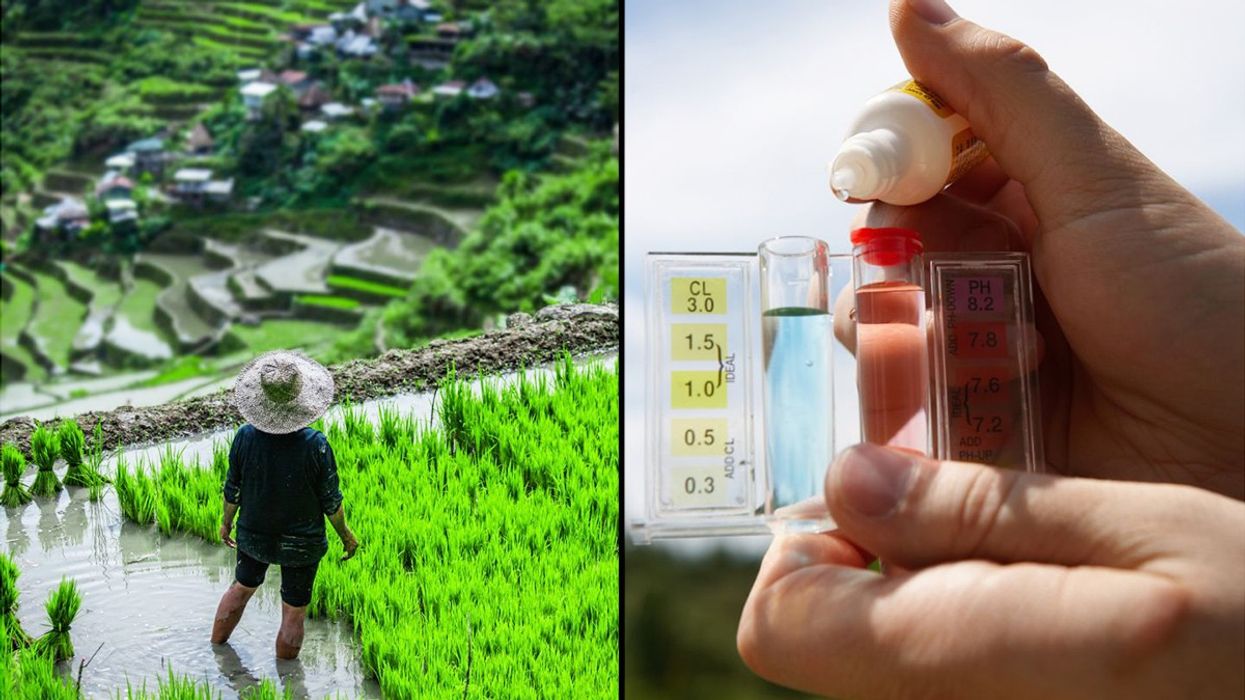
 Rice grain and white rice.Image via
Rice grain and white rice.Image via  Person eats rice.Image via
Person eats rice.Image via  Washing and rinsing rice.
Washing and rinsing rice.  Mother and daughter eating rice meal.Image via
Mother and daughter eating rice meal.Image via 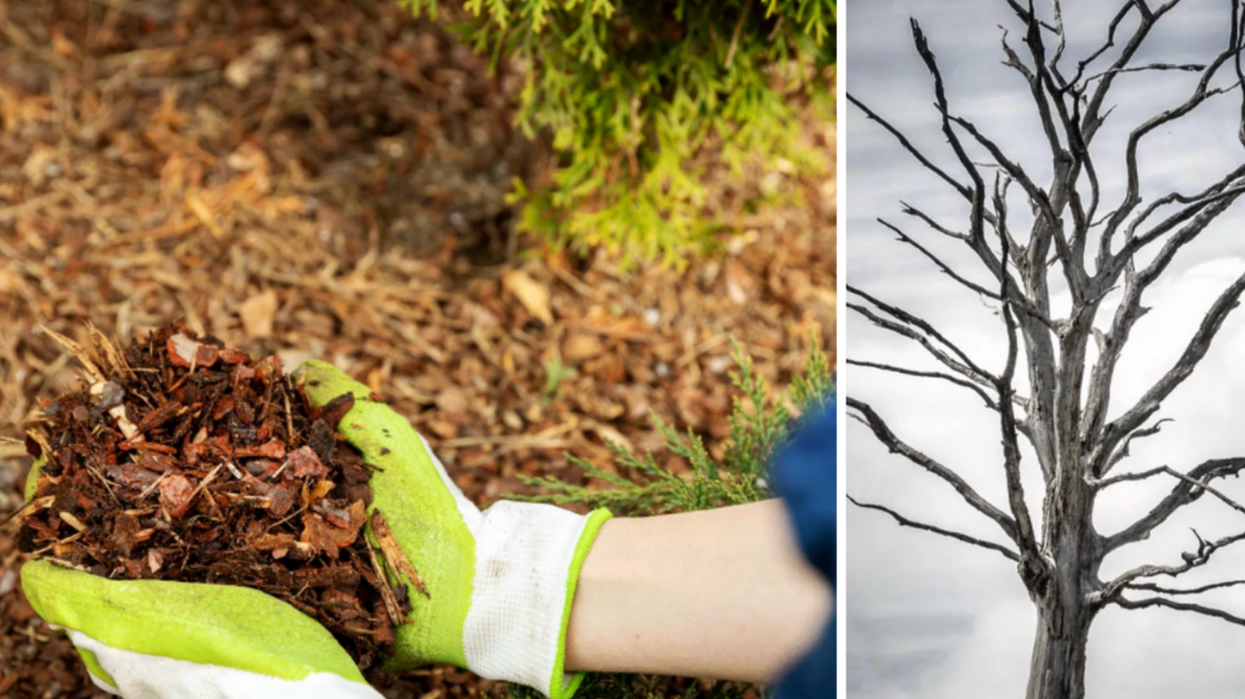

 Bees feeding on food source.Image via
Bees feeding on food source.Image via 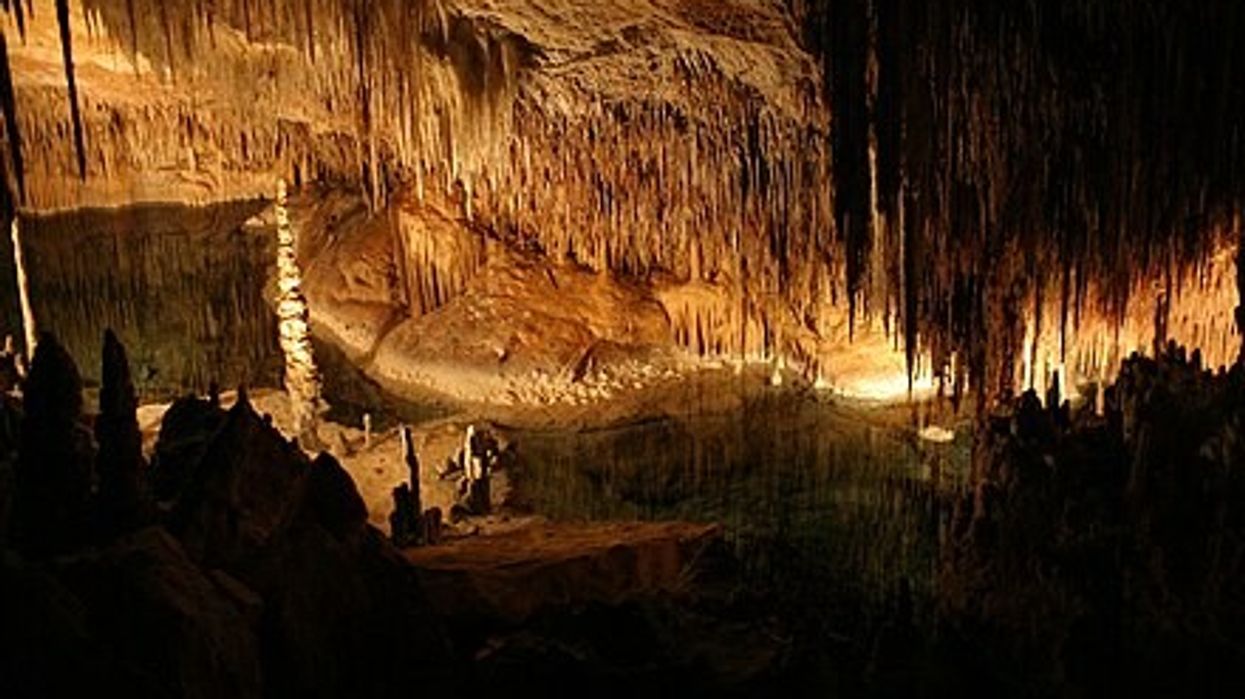
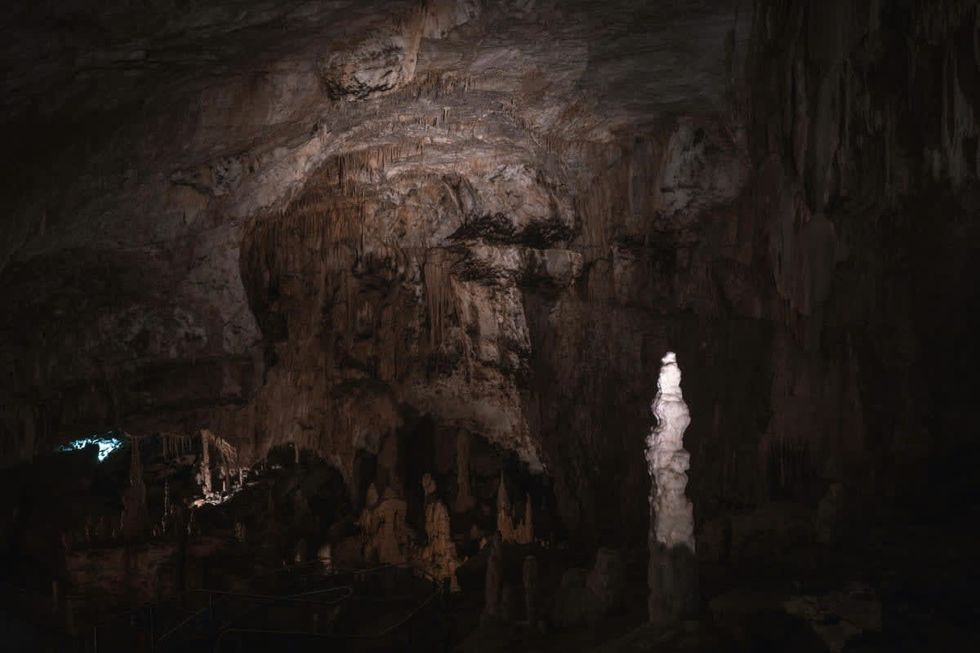 In the depths...Pexels | francesco ungaro
In the depths...Pexels | francesco ungaro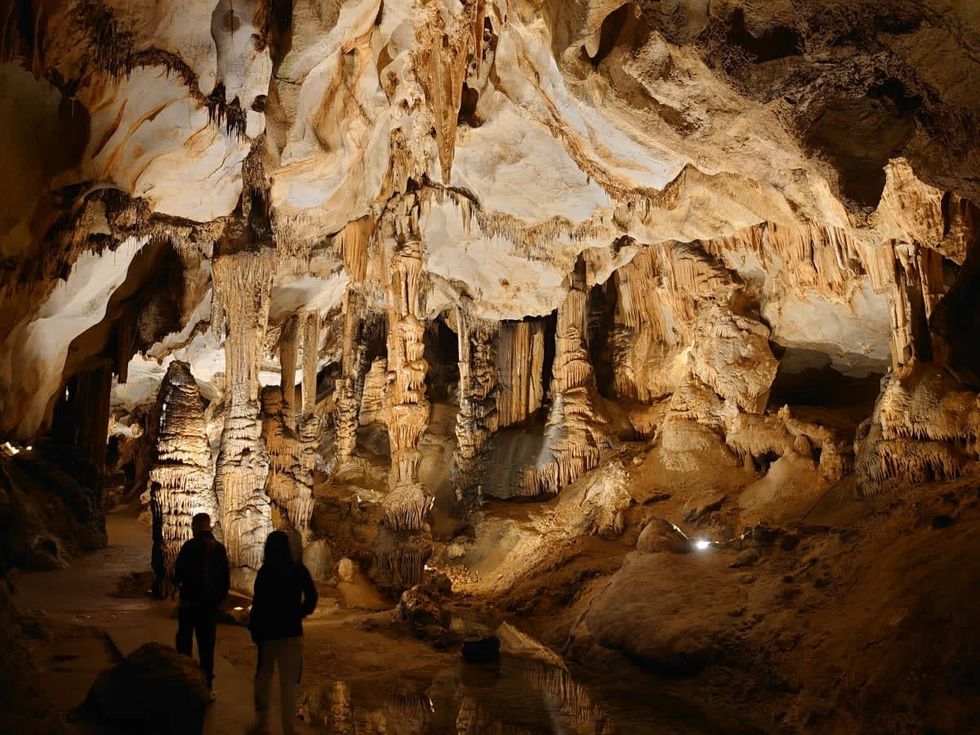 Hope the lights stay on. Pexels | parfait fongang
Hope the lights stay on. Pexels | parfait fongang "That was beyond crazy..." YouTube |
"That was beyond crazy..." YouTube |  "This is the stuff of my nightmares..."YouTube |
"This is the stuff of my nightmares..."YouTube |  "Totally blown away..." YouTube |
"Totally blown away..." YouTube | 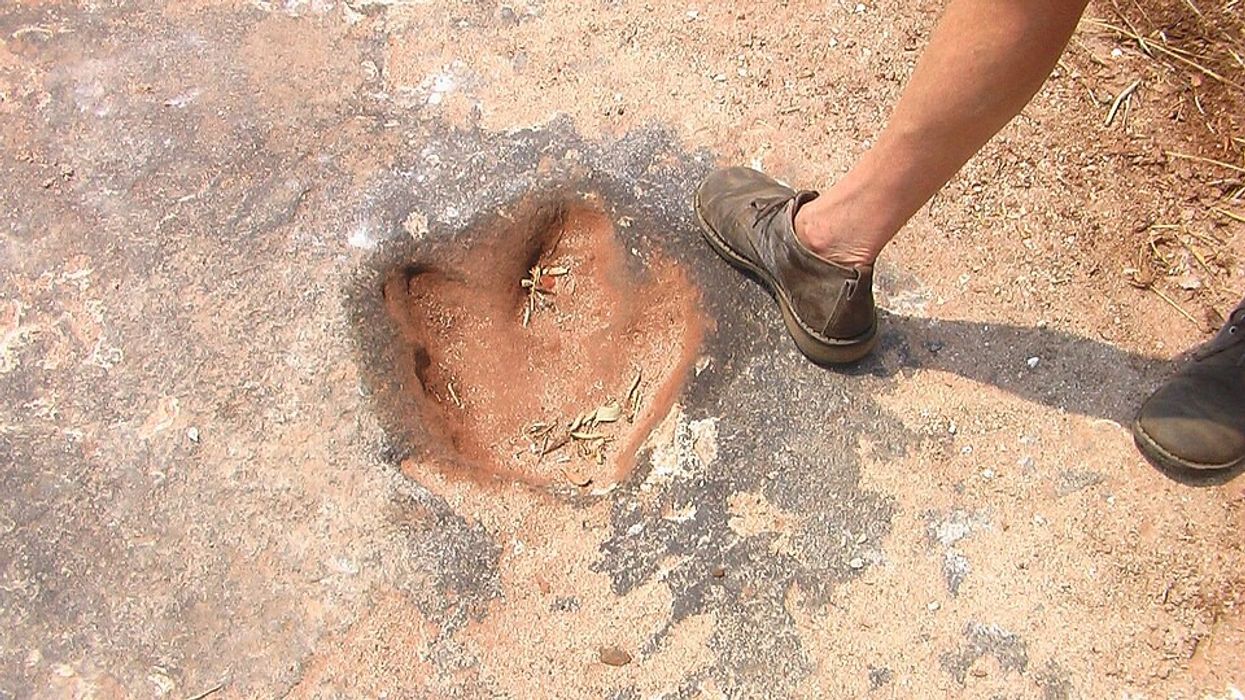
 A representative Image of The Atlantic Ocean. Source: Pexels | Kellie Churchman
A representative Image of The Atlantic Ocean. Source: Pexels | Kellie Churchman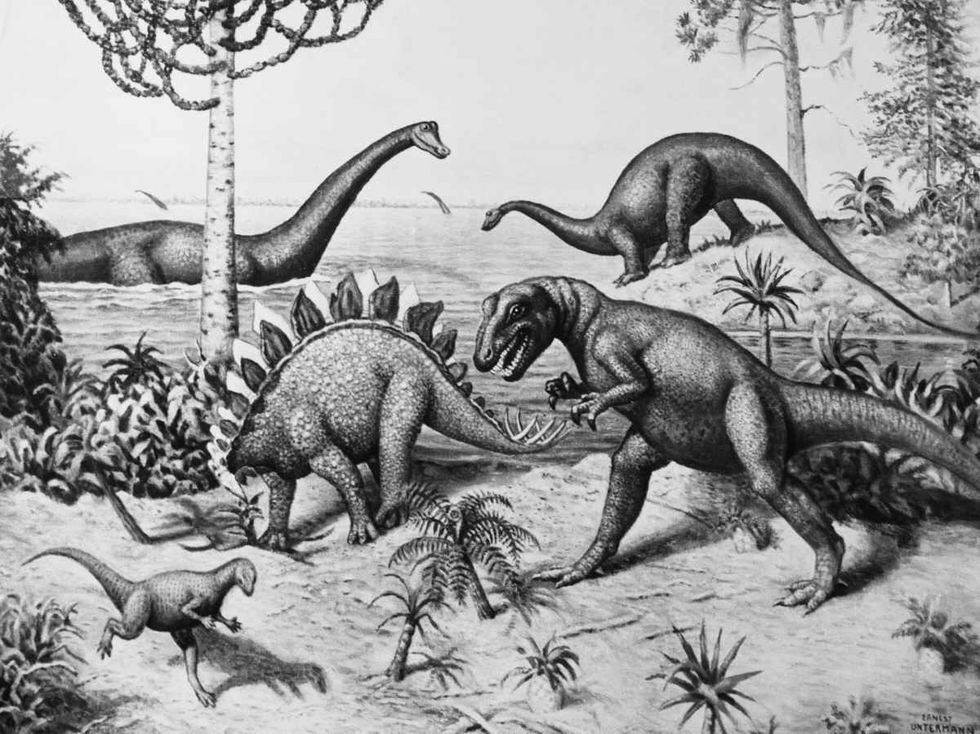 Representative Image Source: Painting from a series by Ernest Untermann in the museum at Dinosaur National Monument, Utah.
Representative Image Source: Painting from a series by Ernest Untermann in the museum at Dinosaur National Monument, Utah.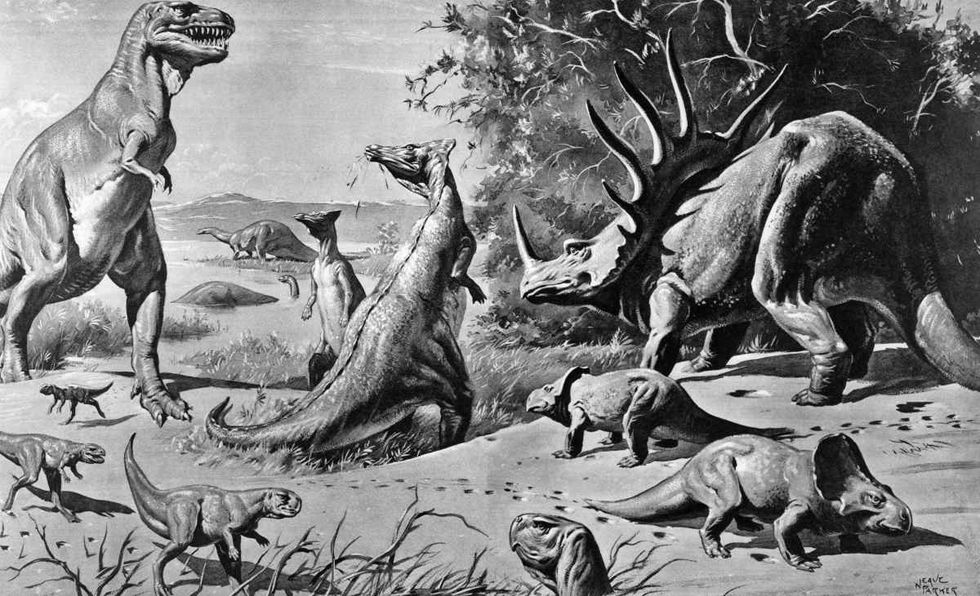 Representative Image Source: VARIOUS DINOSAURS IN GOBI DESERT. Photo by H. Armstrong Roberts/ClassicStock/Getty Images
Representative Image Source: VARIOUS DINOSAURS IN GOBI DESERT. Photo by H. Armstrong Roberts/ClassicStock/Getty Images
President Donald J. Trump and photo of a forest.
Public united and adamantly opposes Trump’s plan to roll back the Roadless Rule
There doesn't seem to be much agreement happening in the U.S. right now. Differing moral belief systems, economic disparity, and political divide have made a country with so many positives sometimes feel a little lost. Everyone desperately seeks a niche, a connection, or a strong sense of community to which they can feel a "part of," rather than just "apart."
But there seems to be one thing that the country strongly unites over, and that's the "Roadless Rule." With the Trump Administration attempting to roll back conservation policies that protect U.S. National Forests, Americans are saying in harmony an emphatic "No." A nonpartisan conservation and advocacy organization, the Center for Western Priorities, reviewed a comment analysis on the subject. After receiving 223,862 submissions, a staggering 99 percent are opposed to the president's plan of repeal.
What is the 'Roadless Rule' policy implemented in 2001?
The Roadless Rule has a direct impact on nearly 60 million acres of national forests and grasslands. According to the U.S. Department of Agriculture, the rule prohibits road construction and timber harvests. Enacted in 2001, it is a conservation rule that protects some of the least developed portions of our forests. It's considered to be one of the most important conservation wins in U.S. history.
America's national forests and grasslands are diverse ecosystems, timeless landscapes, and living treasures. They sustain the country with clean water and the wood products necessary to build our communities. The National Parks protected under their umbrella offer incredible recreational retreats and outdoor adventure.
Why does the administration want to roll it back?
U.S. Secretary of Agriculture Brooke L. Rollins told the Department of Agriculture in a 2025 press release, “We are one step closer to common sense management of our national forest lands. Today marks a critical step forward in President Trump’s commitment to restoring local decision-making to federal land managers to empower them to do what’s necessary to protect America’s forests and communities from devastating destruction from fires." Rollins continued, “This administration is dedicated to removing burdensome, outdated, one-size-fits-all regulations that not only put people and livelihoods at risk but also stifle economic growth in rural America. It is vital that we properly manage our federal lands to create healthy, resilient, and productive forests for generations to come. We look forward to hearing directly from the people and communities we serve as we work together to implement productive and commonsense policy for forest land management.”
Forest Service Chief Tom Schultz explained the Roadless Rule frustrated land management and acts as a challenging barrier to action. It prohibits road construction needed to navigate wildfire suppression and properly maintain the forest. Schultz said, “The forests we know today are not the same as the forests of 2001. They are dangerously overstocked and increasingly threatened by drought, mortality, insect-borne disease, and wildfire. It’s time to return land management decisions where they belong – with local Forest Service experts who best understand their forests and communities."
Why are people adamantly opposed to the proposed rollback?
A 2025 article in Earthjustice, a nonprofit environmental law organization, expressed its concern over the protection of national forests covering 36 states and Puerto Rico. A rescinded rule allows increased logging, extractive development, and oil and gas drilling in previously undisturbed backcountry. Here is what some community leaders had to say about it:
President Gloria Burns, Ketchikan Indian Community, said, "You cannot separate us from the land. We depend on Congress to update the outdated and predatory, antiquated laws that allow other countries and outside sources to extract our resource wealth. This is an attack on Tribes and our people who depend on the land to eat. The federal government must act and provide us the safeguards we need or leave our home roadless. We are not willing to risk the destruction of our homelands when no effort has been made to ensure our future is the one our ancestors envisioned for us. Without our lungs (the Tongass) we cannot breathe life into our future generations.”
Linda Behnken, executive director of the Alaska Longline Fishermen’s Association, stated, "Roadbuilding damaged salmon streams in the past — with 240 miles of salmon habitat still blocked by failed road culverts. The Roadless Rule protects our fishing economy and more than 10,000 jobs provided by commercial fishing in Southeast Alaska.”
The Sierra Club's Forest Campaign Manager Alex Craven seemed quite upset, saying, "The Forest Service followed sound science, economic common sense, and overwhelming public support when they adopted such an important and visionary policy more than 20 years ago. Donald Trump is making it crystal clear he is willing to pollute our clean air and drinking water, destroy prized habitat for species, and even increase the risk of devastating wildfires, if it means padding the bottom lines of timber and mining companies.”
The 2025 recession proposal would apply to nearly 45 million acres of the national forests. With so many people writing in opposition to the consensus, the public has determined they don't want it to happen.
Tongass National Forest is at the center of the Trump administration's intention to roll back the 2001 Roadless Rule. You can watch an Alaska Nature Documentary about the wild salmon of Tongass National Forrest here:
- YouTube www.youtube.com
The simple truth is we elect our public officials to make decisions. The hope is they do this for all of our well-being, although often it seems they do not. Even though we don't have much power to control what government officials do, voicing our opinions strongly enough often forces them to alter their present course of action. With a unanimous public voice saying, "No!" maybe this time they will course correct as the public wishes.